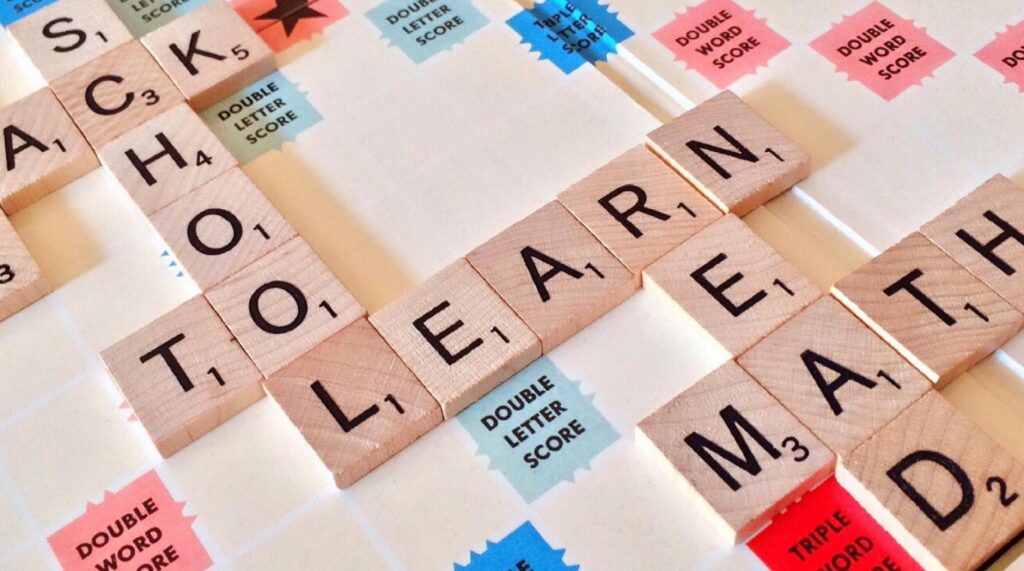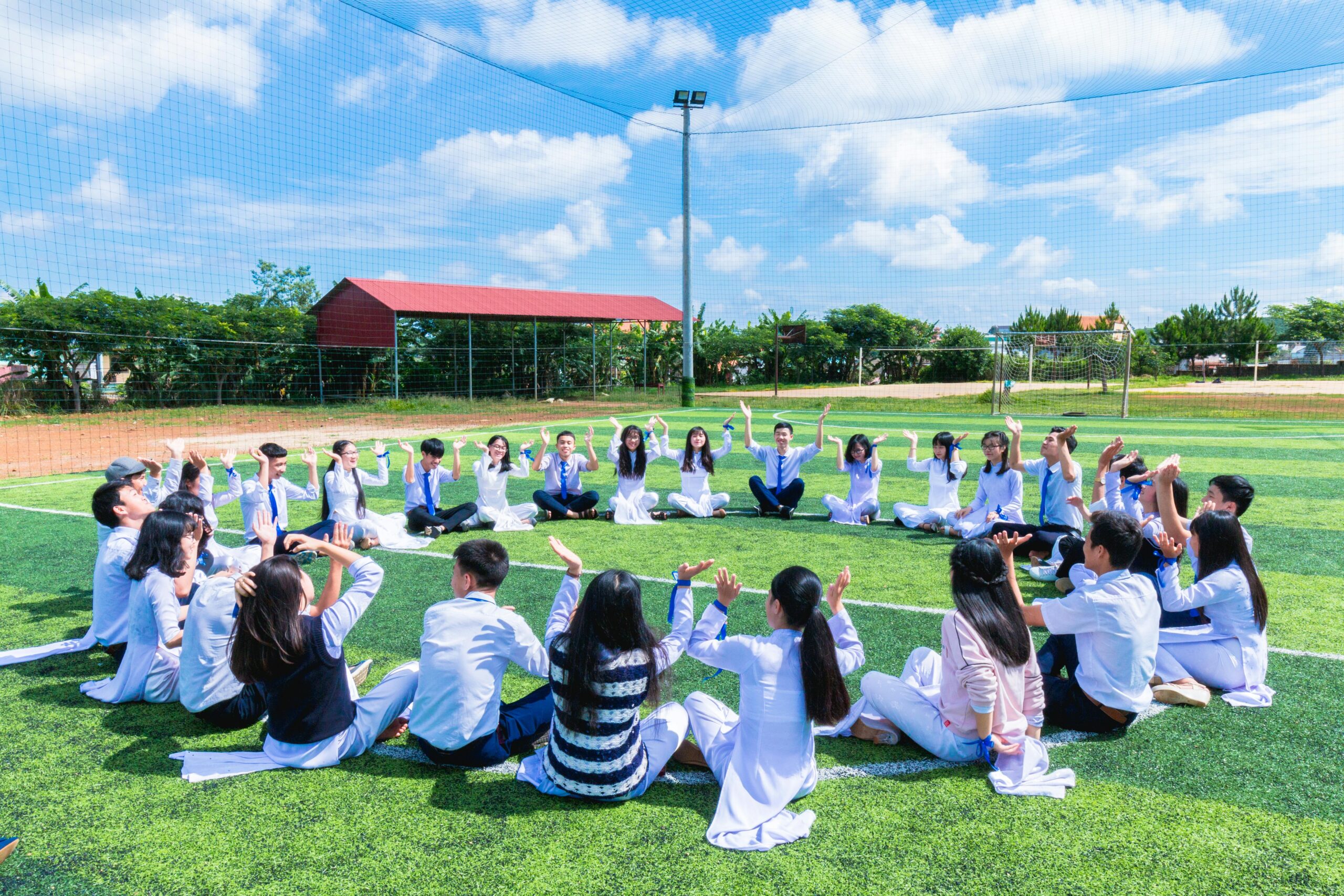IB vs. Ontario Secondary School Diploma (OSSD)
Choosing the right educational path for your child is a critical decision. In Ontario, parents often weigh the benefits of the International Baccalaureate (IB) program against the Ontario Secondary School Diploma (OSSD). Both pathways have their unique structure, content, and outcomes. Let’s dive into the differences to help you make an informed choice.
Structure and Flexibility
International Baccalaureate (IB): The IB program is renowned for its rigorous and structured curriculum. It’s divided into three programs: Primary Years Programme (PYP), Middle Years Programme (MYP), and Diploma Programme (DP). The DP, specifically for students aged 16-19, requires them to take courses in six subject areas, complete an Extended Essay, engage in Creativity, Activity, Service (CAS) projects, and take a Theory of Knowledge (TOK) course.
Ontario Secondary School Diploma (OSSD): The OSSD offers more flexibility. Students need to earn 30 credits from a variety of subjects, complete 40 hours of community service, and pass the Ontario Secondary School Literacy Test (OSSLT). The OSSD allows students to choose electives that match their interests and career goals, providing a more customizable education.
Curriculum Content
IB Curriculum: The IB curriculum is globally recognized for its academic rigor and emphasis on critical thinking and intercultural understanding. It’s designed to develop inquiring, knowledgeable, and caring young people. The IB focuses on depth over breadth, encouraging students to explore subjects in detail and make connections across disciplines.
OSSD Curriculum: The OSSD curriculum, while also comprehensive, is designed to meet the educational standards set by the Ontario Ministry of Education. It offers a broad range of courses, including academic, applied, and open courses, giving students a well-rounded education. The OSSD is more localized, focusing on provincial educational requirements and standards.
Assessment Methods
IB Assessment: IB assessments are varied and include both internal and external components. Students are evaluated through written exams, essays, projects, and oral presentations. The assessment criteria are standardized across all IB schools globally, ensuring a consistent and fair evaluation process.
OSSD Assessment: In the OSSD, assessments are primarily conducted by the school. They include tests, exams, assignments, and projects. The OSSLT is a standardized test that assesses reading and writing skills. While the assessments are diverse, they may vary in difficulty and rigor from one school to another.
University Recognition and Outcomes
IB Recognition: The IB Diploma is highly regarded by universities worldwide. It demonstrates that students have received a challenging education and are well-prepared for higher education. IB graduates often receive advanced standing or credits at many universities, which can shorten the time needed to complete a degree.
OSSD Recognition: The OSSD is well-recognized by universities in Canada and internationally. It meets the entry requirements for most post-secondary institutions. While it may not carry the same level of prestige as the IB, OSSD graduates are also well-prepared for university studies and career paths.
Extracurricular and Personal Development
IB Extracurriculars: The IB program requires students to participate in CAS activities, which encourage them to engage in creative pursuits, physical activities, and community service. This holistic approach aims to develop well-rounded individuals who are not only academically capable but also socially responsible.
OSSD Extracurriculars: While the OSSD doesn’t mandate specific extracurricular activities, it does require 40 hours of community service. Schools often offer a wide range of extracurricular options, allowing students to pursue their interests and develop important life skills. The flexibility of the OSSD enables students to balance their academics with other passions more easily.
Parental Involvement
Supporting IB Students: Parental involvement in the IB program often means helping students manage their workload and encouraging their participation in CAS activities. Understanding the demands of the IB can help parents provide the necessary support and motivation.
Supporting OSSD Students: For OSSD students, parents can assist by helping them choose the right courses and extracurricular activities that align with their interests and career goals. Encouraging community service and supporting their preparation for the OSSLT are also crucial.

IB vs. Advanced Placement (AP)
Choosing the right academic program for your child can be a daunting task. In Ontario, many parents find themselves comparing the International Baccalaureate (IB) program and the Advanced Placement (AP) program. Both are recognized for their rigorous academic standards and college readiness, but they offer different approaches and benefits. Let’s explore the differences to help you decide which might be the best fit for your child.
Curriculum Structure
International Baccalaureate (IB): The IB program is comprehensive and holistic, encompassing the Primary Years Programme (PYP), Middle Years Programme (MYP), and Diploma Programme (DP). The DP, for students aged 16-19, includes six subject areas, a Theory of Knowledge (TOK) course, an Extended Essay (EE), and Creativity, Activity, Service (CAS) projects. This structure encourages well-rounded development and critical thinking.
Advanced Placement (AP): AP courses are more flexible and can be taken individually. They are college-level classes offered in high school across various subjects. Students can choose specific AP courses based on their interests and strengths, which provides flexibility but may lack the integrated approach of the IB.
Teaching Approach
IB Teaching Approach: The IB emphasizes inquiry-based learning and encourages students to think critically and independently. The program aims to develop internationally minded individuals who understand and respect different cultures. IB teachers often use interdisciplinary methods, connecting different subjects to provide a cohesive learning experience.
AP Teaching Approach: AP courses focus on depth within specific subjects, providing rigorous content that mirrors introductory college courses. The teaching approach is more traditional, with a focus on preparing students for AP exams. AP classes are designed to help students master specific subjects and earn college credit.
Assessment Methods
IB Assessment: IB assessments include internal assessments, such as projects and essays, and external assessments, like final exams. The Extended Essay and TOK essay are significant components. Assessments are criterion-referenced, meaning students are evaluated against predefined standards.
AP Assessment: AP assessments are primarily based on a final exam at the end of the course. These exams are standardized and include multiple-choice questions and free-response sections. Scores range from 1 to 5, and many universities offer college credit for scores of 3 or higher.
College Readiness and Recognition
IB College Readiness: The IB program is globally recognized for its academic rigor and comprehensive approach. IB graduates are often well-prepared for university-level coursework and critical thinking challenges. Many universities offer advanced standing or credits for IB Diploma holders.
AP College Readiness: AP courses are also highly regarded by universities, particularly in North America. High AP exam scores can earn students college credit, which can save time and money in university. AP courses demonstrate a student’s ability to succeed in college-level work.
Student Experience
IB Student Experience: The IB program fosters a well-rounded education, emphasizing intellectual, personal, emotional, and social growth. Students engage in various extracurricular activities through the CAS component, which promotes a balanced lifestyle. The program encourages global awareness and intercultural understanding.
AP Student Experience: AP students can tailor their course selection to their interests, which allows for specialization. The focus is more academic, with less emphasis on extracurricular activities. AP courses can be intense and require a high level of commitment and self-discipline.

Choosing the Best Path: How to Decide Which Program Suits Your Child’s Needs and Goals
Choosing the right educational path for your child can be a daunting task, especially with various excellent programs available in Ontario. Each child is unique, with their own set of needs, strengths, and goals. As a parent, you want to ensure that the program you choose will support and nurture your child’s development. Here are some tips to help you decide which program best suits your child’s needs and goals.
Understand Your Child’s Learning Style
Every child has a unique learning style. Some children thrive in structured environments, while others prefer more flexibility and independence. Consider whether your child benefits more from hands-on activities, visual aids, or verbal instructions. Programs like Montessori offer a child-led, hands-on learning approach, while the IB program provides a more structured, inquiry-based learning environment. Observing your child’s natural inclinations can guide you toward the best educational fit.
Evaluate Your Child’s Interests and Strengths
Consider what subjects or activities your child is passionate about. Does your child show a keen interest in science and technology, arts, or humanities? The IB program, with its rigorous curriculum and global perspective, may be ideal for academically inclined students who enjoy a challenge. On the other hand, Montessori education focuses on fostering independence and creativity, which can be beneficial for children who thrive in exploratory and self-directed learning environments.
Assess Long-term Goals
Think about your child’s long-term educational and career goals. If your child aims to attend a prestigious university or pursue a career that requires a strong academic foundation, the IB program’s emphasis on critical thinking and international-mindedness could be a great fit. For children who might benefit from a more personalized and flexible educational approach, Montessori programs offer the opportunity to develop at their own pace and follow their interests deeply.
Consider the School’s Resources and Environment
Visit the schools you are considering and assess their resources, facilities, and overall environment. A supportive and stimulating environment is crucial for your child’s growth. Look for schools that have qualified and passionate teachers, a variety of extracurricular activities, and modern facilities. Whether it’s the collaborative atmosphere of an IB school or the prepared environment of a Montessori classroom, the right setting can make a significant difference in your child’s educational experience.
Talk to Other Parents and Students
Get insights from parents and students who are currently enrolled in the programs you are considering. They can provide valuable first-hand information about the strengths and challenges of each program. Attend school open houses, parent meetings, and online forums to gather different perspectives. Hearing about others’ experiences can help you understand how well a program might fit your child’s needs.
Flexibility and Adaptability
Consider how flexible and adaptable the program is to your child’s changing needs. Children grow and develop rapidly, and their interests and strengths can evolve. Programs that offer a wide range of activities and subjects, and those that allow for personalized learning plans, can adapt better to your child’s evolving needs. Both IB and Montessori programs offer unique advantages in this regard, so think about which model aligns better with your vision for your child’s education.
Practical Considerations
Lastly, consider practical aspects such as location, cost, and the time commitment required. Ensure that the school is conveniently located and that you can manage the commute. Factor in the cost of tuition and additional expenses, and see if it fits within your budget. Also, consider the level of parental involvement required and whether it aligns with your availability and commitment levels.
Choosing the best educational path for your child requires careful consideration of various factors. By understanding your child’s learning style, interests, and long-term goals, and by evaluating the resources and environment of potential schools, you can make a well-informed decision. Remember, the best program is one that not only supports your child’s academic growth but also nurtures their overall development and well-being.



